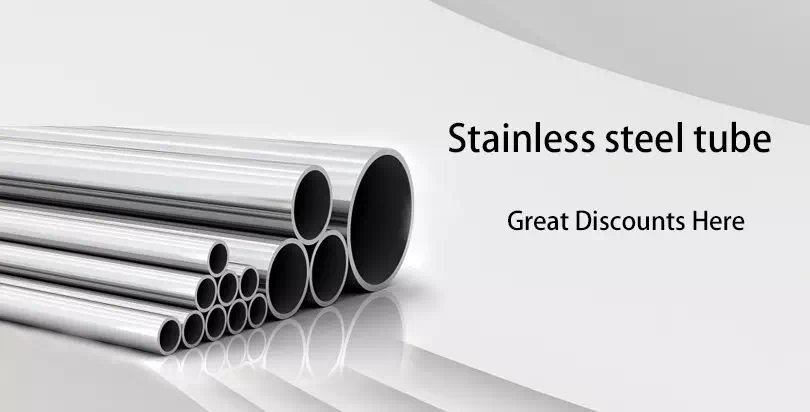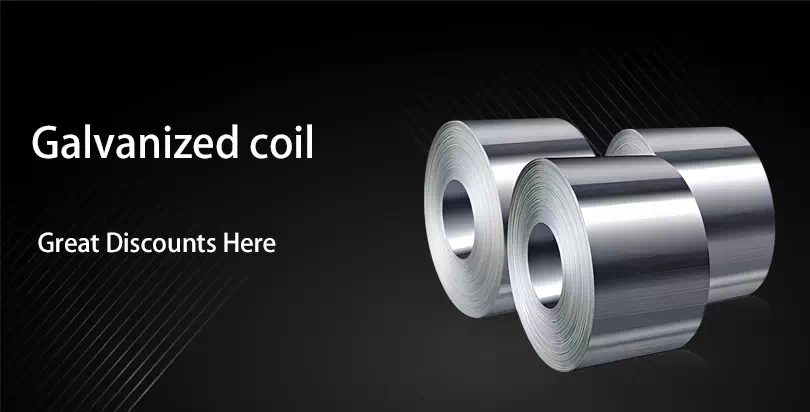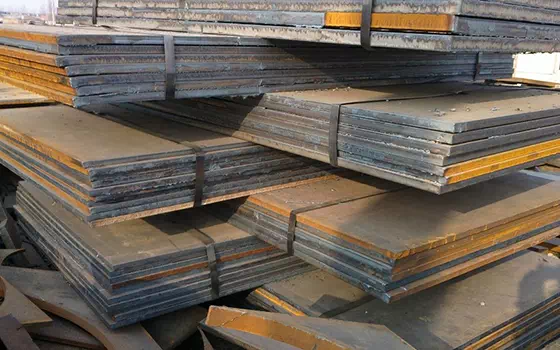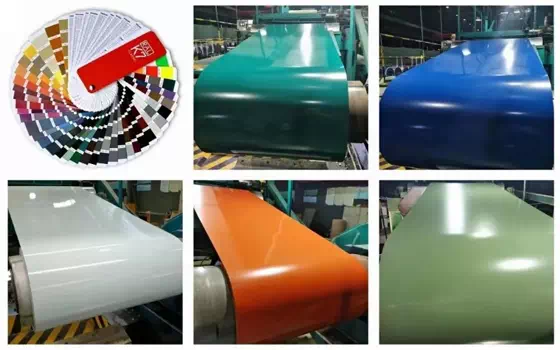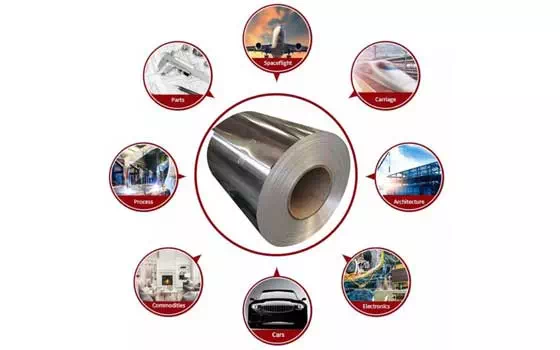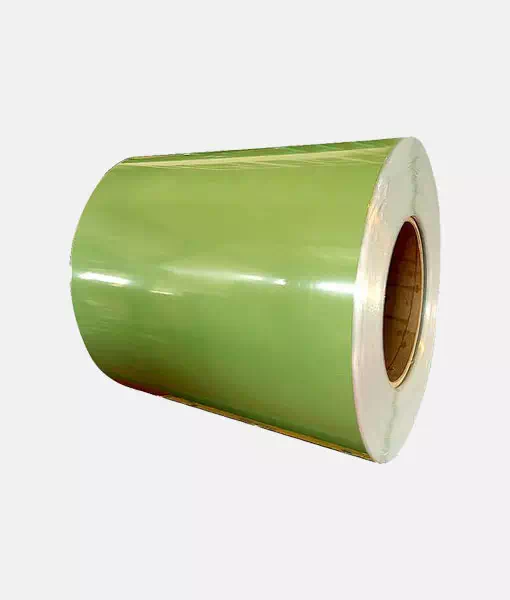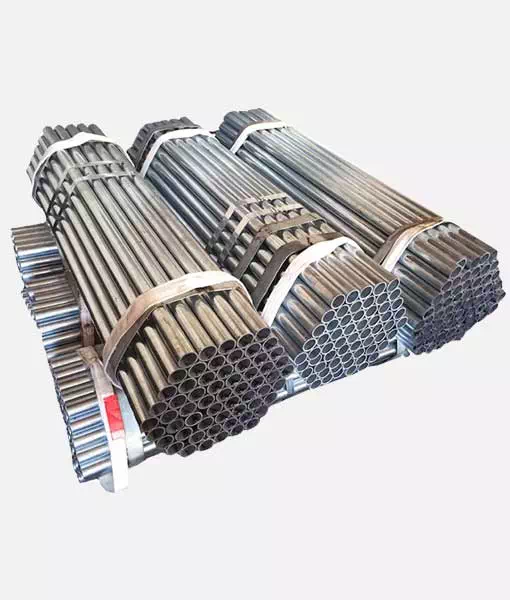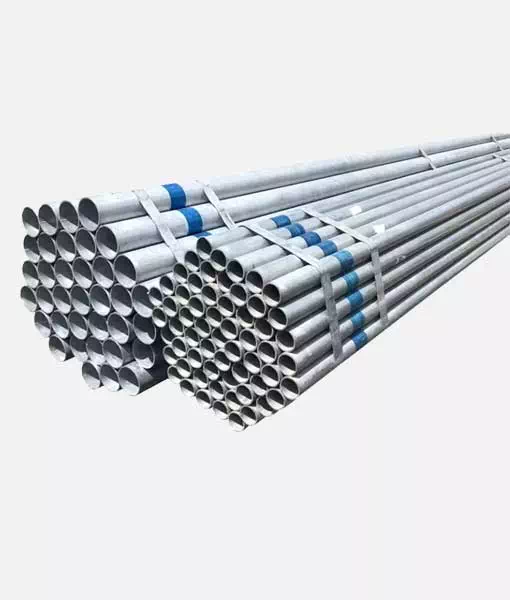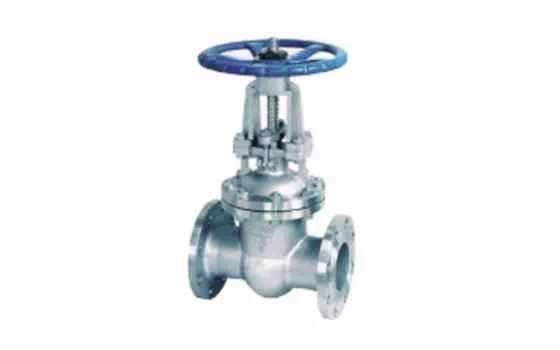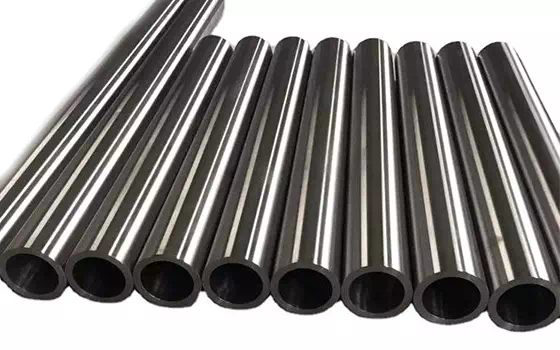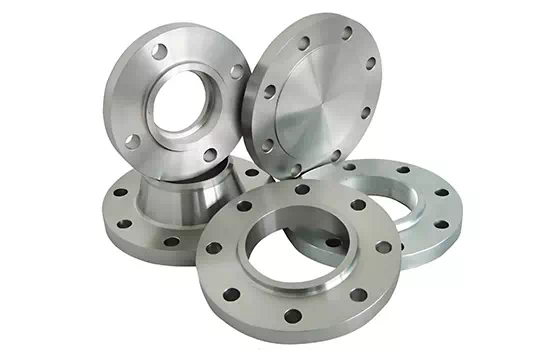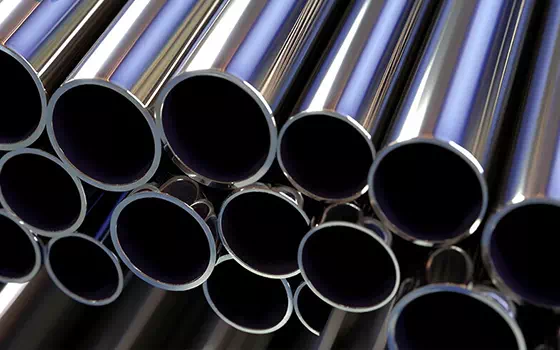In the process of welding, cracks, pores or softened structures are easy to appear inside the molten core. Especially in the spot welding process of galvanized steel plate, if the welding specification is not reasonable, it may lead to some problems. First, some zinc and zinc-iron alloys may remain
In the process of welding, cracks, pores or softened structures are easy to appear inside the molten core. Especially in the spot welding process of galvanized steel plate, if the welding specification is not reasonable, it may lead to some problems. First, some zinc and zinc-iron alloys may remain in the joint. These residues may form fine cracks or pores in the process of crystallization. This is because the high temperature during the welding process will cause physical or chemical reactions between zinc and zinc-iron alloys, which changes the physical properties of the molten core, making it more prone to cracks or pores. Secondly, if the residual zinc is more, it may also form softened tissue. This is because zinc reacts with the steel matrix during the welding process to form a zinc-iron alloy, which is lower in hardness and strength than steel, so it can lead to the softening of the molten core.


